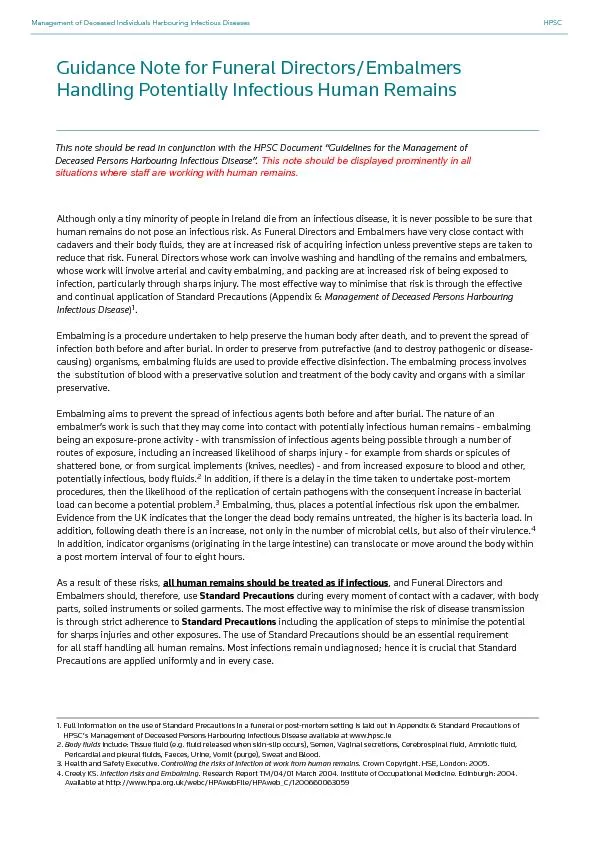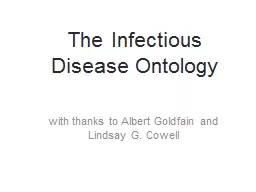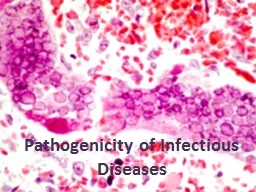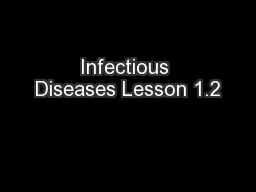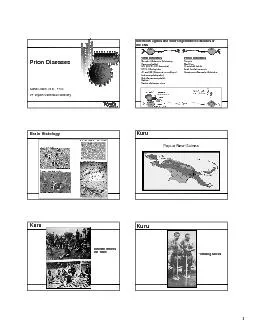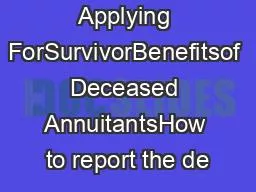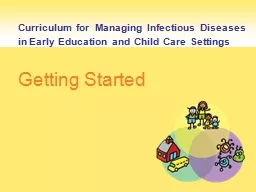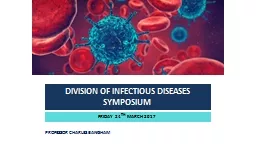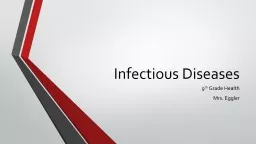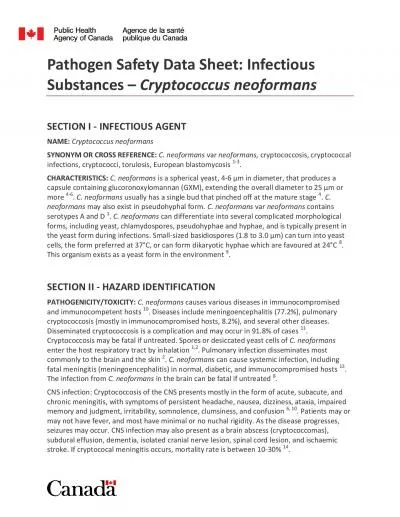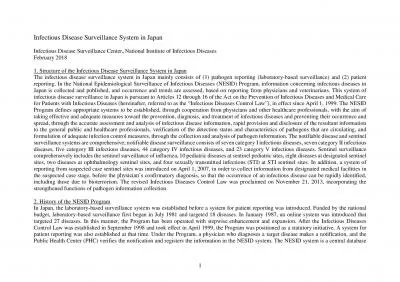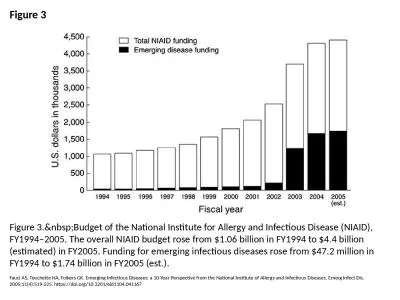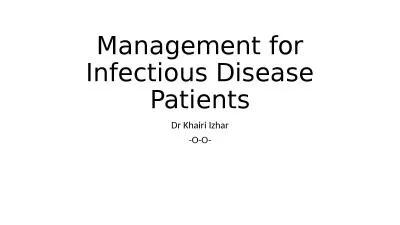PDF-Management of Deceased Individuals Harbouring Infectious Diseases ...
Author : min-jolicoeur | Published Date : 2016-03-20
HPSC The following are guiding principles to minimise infectious risk for embalming staff All staff should ensure that they are fully familiar with and use Standard
Presentation Embed Code
Download Presentation
Download Presentation The PPT/PDF document "Management of Deceased Individuals Harbo..." is the property of its rightful owner. Permission is granted to download and print the materials on this website for personal, non-commercial use only, and to display it on your personal computer provided you do not modify the materials and that you retain all copyright notices contained in the materials. By downloading content from our website, you accept the terms of this agreement.
Management of Deceased Individuals Harbouring Infectious Diseases ...: Transcript
Download Rules Of Document
"Management of Deceased Individuals Harbouring Infectious Diseases
..."The content belongs to its owner. You may download and print it for personal use, without modification, and keep all copyright notices. By downloading, you agree to these terms.
Related Documents

